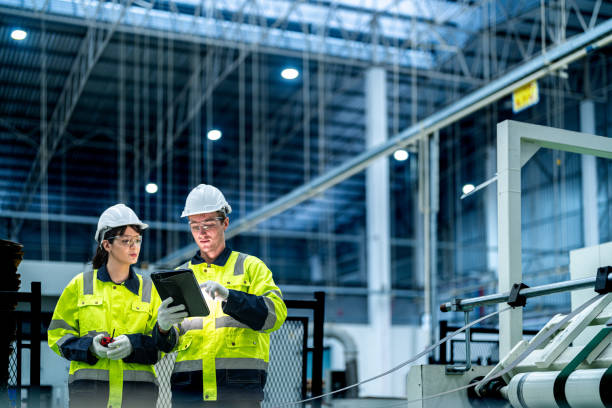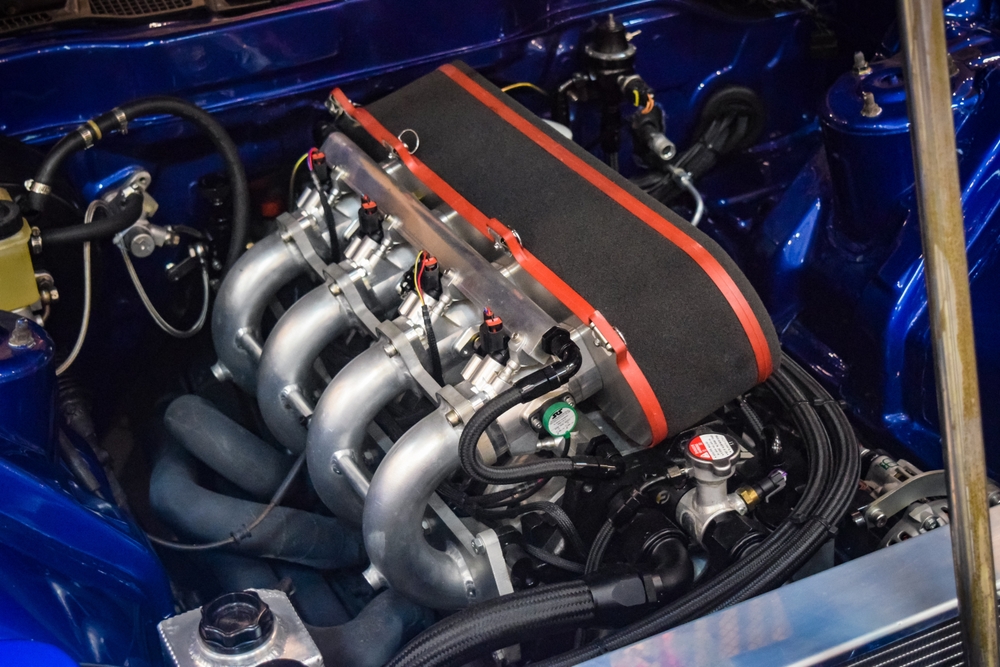Modular Factories: Revolutionizing Agile Manufacturing
The concept of modular factories is gaining traction in the industrial landscape, offering unprecedented flexibility and scalability to manufacturers. This innovative approach to production facilities allows companies to adapt quickly to market demands, optimize space utilization, and reduce operational costs. By reimagining traditional factory layouts, businesses are discovering new ways to stay competitive in an ever-changing global marketplace.

The Evolution of Factory Design
The history of factory design dates back to the Industrial Revolution, when large, static structures became the norm for mass production. These traditional factories were built to last, with fixed layouts and specialized equipment designed for specific product lines. While this model served industries well for decades, it often lacked the flexibility to adapt to changing market demands or technological advancements.
As global competition intensified and consumer preferences became more volatile, manufacturers began to seek more agile solutions. The concept of lean manufacturing, popularized in the mid-20th century, laid the groundwork for more flexible production systems. However, it wasn’t until recent years that the idea of truly modular factories began to take shape, driven by advancements in prefabrication technologies and the need for rapid scalability.
Key Components of Modular Factories
Modular factories are composed of several key elements that work together to create a flexible and efficient production environment. At the core of this concept are the modular units themselves – pre-fabricated structures that can house various manufacturing processes, from assembly lines to quality control stations. These units are designed to be easily transported and connected, allowing for quick setup and reconfiguration.
Another crucial component is the underlying infrastructure that supports these modular units. This includes adaptable power systems, data networks, and utility connections that can be quickly modified to accommodate changes in the factory layout. Advanced software systems play a vital role in managing these flexible environments, optimizing workflows, and coordinating the movement of materials and products between modules.
Benefits of Modular Factory Implementation
The adoption of modular factories offers numerous advantages for businesses across various industries. One of the most significant benefits is the ability to scale production up or down rapidly in response to market demands. This agility allows companies to capitalize on emerging opportunities or weather economic downturns without the need for costly and time-consuming facility renovations.
Modular factories also provide substantial cost savings in terms of construction and maintenance. The prefabricated nature of these facilities reduces on-site construction time and labor costs, while the standardized components simplify maintenance and upgrades. Additionally, the ability to repurpose or relocate modules as needed extends the lifespan of manufacturing assets, improving overall return on investment.
Challenges and Considerations
While the potential of modular factories is immense, implementing this innovative approach comes with its own set of challenges. One of the primary hurdles is the initial investment required to transition from traditional factory setups to modular systems. This can involve significant upfront costs, although the long-term benefits often outweigh these initial expenses.
Another consideration is the need for a skilled workforce capable of managing and maintaining these dynamic environments. Employees must be trained to adapt to frequent layout changes and to operate a wider range of equipment. Additionally, robust planning and coordination systems are essential to ensure smooth operations within a constantly evolving factory floor.
Industry Applications and Case Studies
Modular factories are finding applications across a diverse range of industries, from automotive manufacturing to consumer electronics production. In the automotive sector, for example, companies are using modular setups to create flexible assembly lines that can switch between different vehicle models with minimal downtime. This allows manufacturers to respond quickly to shifts in consumer preferences or regulatory requirements.
In the pharmaceutical industry, modular clean room facilities are revolutionizing drug production. These portable, sterile environments can be deployed rapidly to meet urgent healthcare needs or to scale up production of successful treatments. The ability to relocate entire production lines also allows pharmaceutical companies to optimize their global supply chains and reduce time-to-market for new medications.
Maximizing Modular Factory Potential
• Conduct thorough feasibility studies to determine if modular factories align with your business goals and production needs
• Invest in advanced planning and simulation software to optimize modular layouts before physical implementation
• Develop a comprehensive training program to equip your workforce with the skills needed to operate in a dynamic manufacturing environment
• Establish partnerships with modular unit suppliers and logistics providers to ensure smooth scaling and relocation processes
• Implement robust data analytics systems to continuously monitor and improve modular factory performance
As industries continue to evolve, modular factories represent a forward-thinking approach to manufacturing that prioritizes adaptability and efficiency. By embracing this innovative concept, businesses can position themselves to thrive in an increasingly competitive and unpredictable global market. The future of industrial production lies in these flexible, scalable environments that can transform as quickly as the markets they serve.





